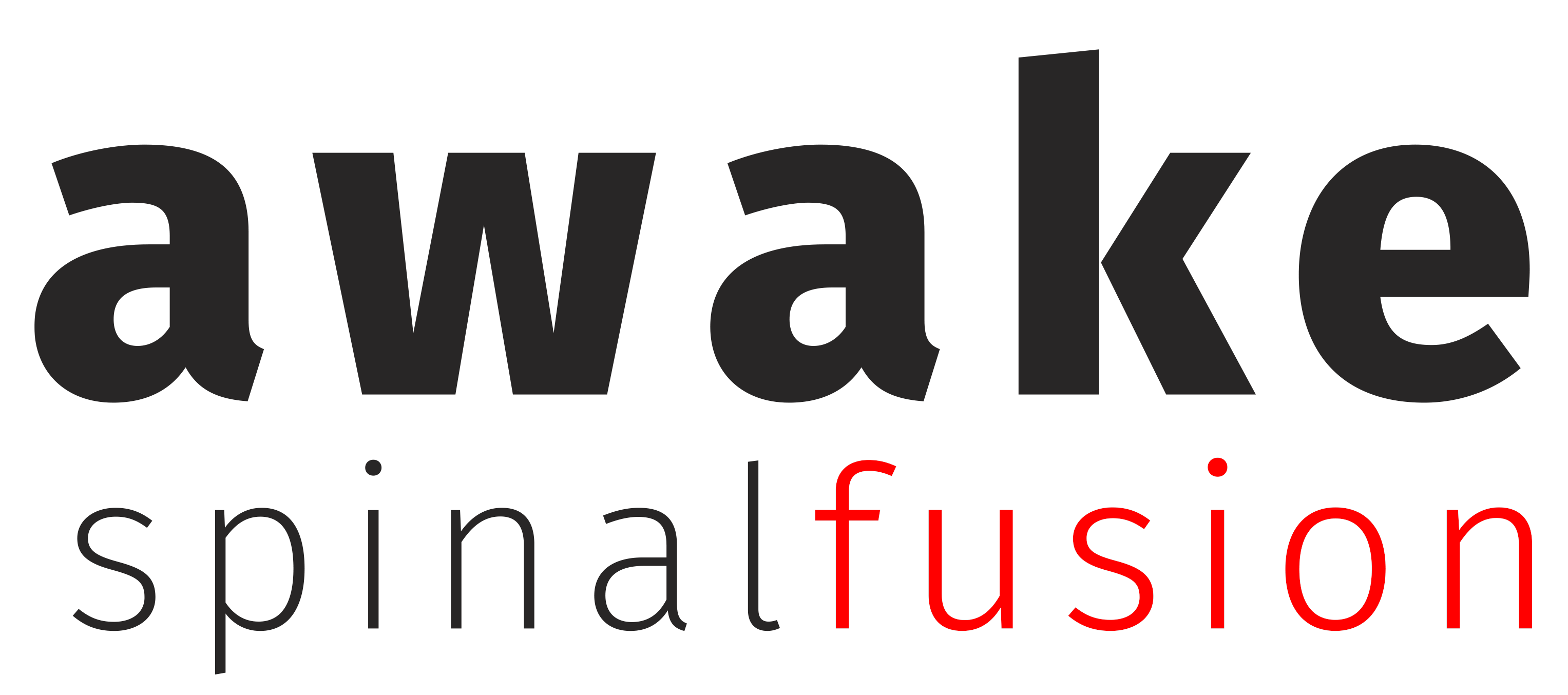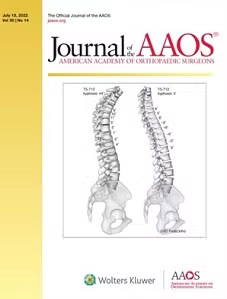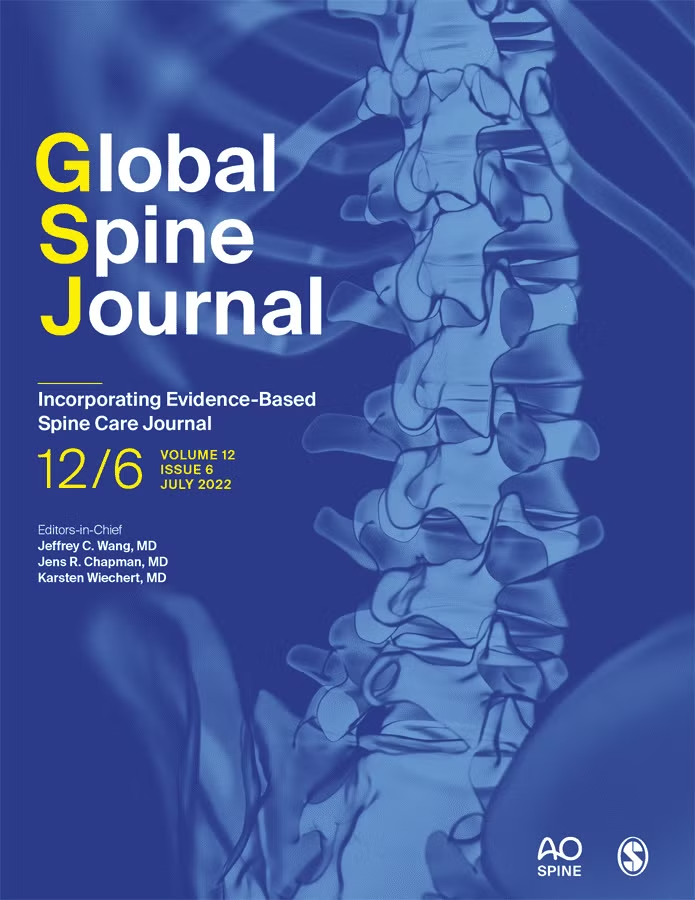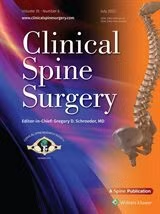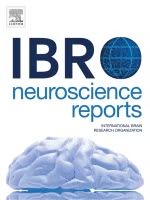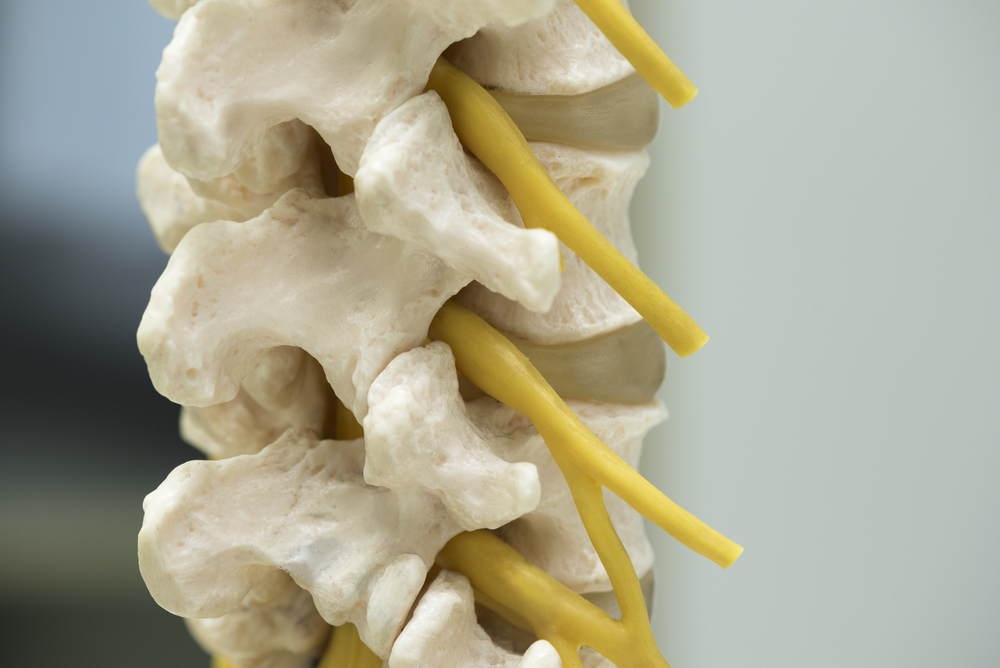
When it comes to the spine, “stenosis” means narrowing or constriction of the spinal canal, which contains the spinal cord and nerves. Thankfully, your lower back is more forgiving of neurologic compression than cervical or thoracic regions, which are your upper-back and neck areas. Unfortunately, stenosis is not tolerable for many who have ongoing lower back symptoms.
It’s why most patients end up looking for answers to their questions regarding non-invasive treatment for spinal stenosis. In most cases, spinal stenosis is a result of aging and degenerative arthritis. When your ligaments connecting adjacent areas of your vertebrae start to degenerate, the joints in between the vertebrae on the back of your spine enlarge and develop bone spurs that encroach on the spinal canal. Patients often experience pain, numbness, weakness, or difficulty walking as the nerve compression worsens.
As the elderly population grows exponentially in the United States, spinal stenosis is being recognized as a major cause of pain and dysfunction. The number of U.S. residents 65 or older is expected to hit 20 percent by 2030. Increasingly, minimally invasive spinal stenosis surgery is one of the most asked-about back surgeries.
Beginnings of Spinal Stenosis
A degenerative osteoarthritis of the spine (joint disease or “wear and tear”) is the most common cause of spinal stenosis, specifically enlargement of ligaments and the formation of large bone spurs near the joints. The spinal cord and neural elements are gradually compressed by this process. Inflammation can happen from mechanical irritation, and a decline in blood veins and vascularity can hinder nerve signals.
Stenosis is most commonly caused by aging and degeneration, but other medical conditions or trauma can also lead to it.
Signs and Symptoms
Degenerative diseases are typically slow and relentless. Pain and stiffness are common in low-back patients. There are lots of people who have mechanical pain that gets worse when they’re active, but it gets better when they rest.
Most patients with severe stenosis develop radiating leg pain, numbness, or weakness with standing and walking, and some even develop bowel or bladder dysfunction. Most patients don’t seek medical attention until later because the symptoms are so gradual. In some cases, a patient eventually needs a wheelchair for mobility due to being disabled and weak. Even paralysis of your legs or lower body, or bowel-bladder incontinence, can happen from severe spinal stenosis.
When this happens in the lumbar spine region, it can oftentimes be a case for surgical emergency.
What Doctors & Surgeons Have Discovered
Unfortunately, there’s not much physical evidence of spinal stenosis. Patients typically have reduced lumbar range-of-motion (especially extension of legs) and may or may not show tenderness or muscle spasms. Standing up or leaning backwards usually causes the worst pain for patients.
Major compression of spinal nerves can cause major numbness in your leg or foot, along with weak muscles in the leg. One may also experience a decline or absence of deep-tendon reflexes.
However, you should still feel normal heart pulses and vascularity in your legs. If not, then you likely have vascular problems or artery obstruction issues as well.
Analysis of Stenosis Images
Spinal stenosis can’t be seen on x-rays because x-rays only show bones — not cartilage, ligaments, or nerves. However, when spine x-rays show severe osteoarthritis, it could mean spinal stenosis if corresponding symptoms are present.
To accurately diagnose spinal stenosis and neurologic compression, a magnetic resonance imaging test (MRI) is necessary. Before MRIs were invented, patients would need to confirm a diagnosis that the gelatinous portion of the intervertebral disc was being forced through a weakened area through CT scans (computed tomography), myelograms, or CT-myelograms. Now that MRIs are much easier, they’re better at detecting signs of spinal stenosis.
In some cases, though, like those with a cardiac pacemaker, an MRI is not an option. Another imaging test would be performed instead.
Getting Diagnosed
In most cases, spinal stenosis is easily diagnosed. But if the symptoms or physical findings are atypical, it can be tricky.
The majority of patients with a back condition complain of isolated “hip pain” or “knee pain,” which is evaluated and treated separately. To avoid misdiagnosing this condition, the clinician should do a thorough history and clinical examination before making a diagnosis.
So, to make sure the diagnosis is right, imaging studies and sometimes lab tests are needed.
Choosing a Treatment
There’s no one right treatment for lumbar spinal stenosis, as it depends on the severity of symptoms and neurologic compression. A conservative treatment may work well for patients with mild or moderate stenosis, including oral anti-inflammatory medications and pain medications.
It’s best to use muscle relaxants only for short periods of time in elderly patients with severe pain or muscle spasms. The elderly are more likely to suffer side effects from medications, so doctors should keep an eye on all medications.
A patient may also receive physical therapy and manipulation to improve strength, endurance, and function. Also, it’s worth noting that only a small proportion of patients using epidural steroid injections get long-term pain relief.
Patients with severe spinal stenosis and symptomatology, or with mild or moderate stenosis who’ve failed conservative treatments, are considered for spinal stenosis outpatient surgery. It’s recommended to have a laminectomy if there are multiple spinal levels involved (a surgery creating space by removing bone spurs and tissues associated with the arthritis). A microscopic laminectomy or intra-laminar decompression may be considered if there are only one or two levels of involvement.
In all minimally invasive surgeries for lumbar spinal stenosis, we aim to improve a patient’s pain and functionality, as well as prevent further deterioration. It’s also worth noting that patients who demonstrate instability or mal-alignment of the spine may also require spinal fusion (mending the spine bones together) in addition to a decompression procedure. There is a high rate of success for patients treated surgically, yet there is a notable increase in morbidity and mortality in elderly patients over 80 years old, especially those with significant medical problems. Careful evaluations before, immediately after, and well after surgery are particularly important in this setting.
Surgically treated patients have a high success rate, but patients over 80 with serious health problems may not be the best-case scenarios. There is a lot to consider in this setting.
Awake Spinal Fusion can answer all your spinal stenosis questions so you can make an informed decision about treatment and/or surgery. Empower yourself with the right information and advice to do what’s right for your spine.
